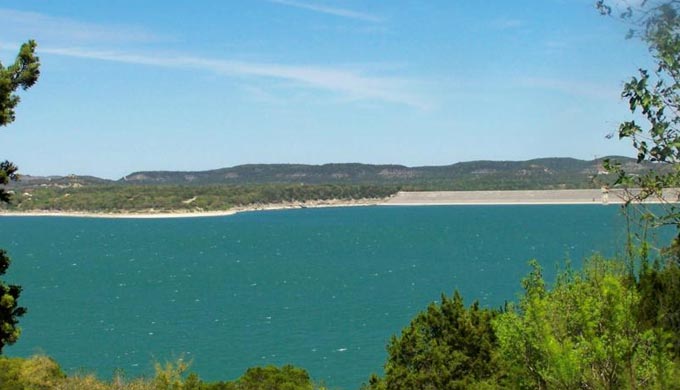Photo: royaltyguide.nl
By John Hallowell
Not long after Prince Carl of Solms established his town of New Braunfels in 1845, a trickle of pioneers began to settle up and down the Guadalupe River Valley to the north. One of the early settlers was a man named John Hancock, who was granted land on the north side of the river (15 miles northwest of New Braunfels) in 1851. Another was James B. Crain, who built a mill at the Gum Spring crossing (17 miles from New Braunfels) in the early 1850s. Small communities (Hancock and Crain’s Mill) grew up around them; a post office was established at Crain’s Mill in 1857. The Simon, Startz and Sattler families were some of the others in the area; William Sattler opened a post office in his home a few miles to the east in 1856, at a community called Mountain Valley. The Crain’s Mill post office was closed in 1866; it re-opened as Crane’s Mill in 1873. A post office finally opened in Hancock in 1914.
Photo: pauldorpat.com
Most of the settlers were independent farmers, and each community had its own school, store, cotton gin and dance hall. There were no church buildings in the area, but services were held in an open field or at the Mountain Valley school. With the increase of boll weevils and the corresponding decrease of cotton production in the 1920s, the area’s economy began a slow decline. By the 1950s, Sattler was virtually deserted and Crane’s Mill had a population of about 25. Hancock boasted about 40 residents. In 1958, the Army Corps of Engineers began work on a dam about 12 miles northwest of New Braunfels, and the project created a new town, called Canyon City. the dam was completed and impoundment of water began in 1964. The lake filled 8,240 acres by 1968, and the old towns of Crane’s Mill and Hancock were submerged. One of the few surviving buildings was the home of Martin Simon, which remains to this day.
Photo: textraveler.com
The lake was intended to serve primarily as a reservoir for the city of San Antonio, but it had the secondary effect of transforming the economy of Comal County. Even before the lake was filled, construction had begun on dozens of new subdivisions along the 60-mile lakefront and in the hills around it. By the mid-1980s, more than 80 new neighborhoods had been built, and the little ranching communities of Sattler and Startzville had become thriving commercial centers serving tourists from nearby Austin and San Antonio. The full-time population of the lake area was estimated at 12-16,000, and many thousands more were in the area on weekends.
In 1994, a museum was formed to preserve and display some of the area’s rich history. The Heritage Museum of the Texas Hill Country, on Rt. 2673 between Startzville and Sattler, includes a site with more than 350 dinosaur tracks and a “trail of native plants,” and illustrates Native American and pioneer history and the building of Canyon Dam.
Photo: canyonlakemarinastx.com
In 2002, six weeks of flooding led to the formation of the remarkable Canyon Lake Gorge, when a torrent of water carved a new canyon, which plunges as much as 80 feet at its deepest spot, and exposed hidden rock formations, fossils and dinosaur footprints in a previously-unknown fault line.
Today, the U.S. Army Corps of Engineers operates eight lakeside parks for public use, and there are yacht clubs on the north and south sides of the lake. All sorts of water recreation is available; there are 23 boat ramps, two marinas, campgrounds, hiking trails, golf courses and a country club. The area has an abundance of fine lodgings and restaurants; the scenery is spectacular, and Canyon Lake is recognized as one of the Hill Country’s leading tourist and retirement destinations.






